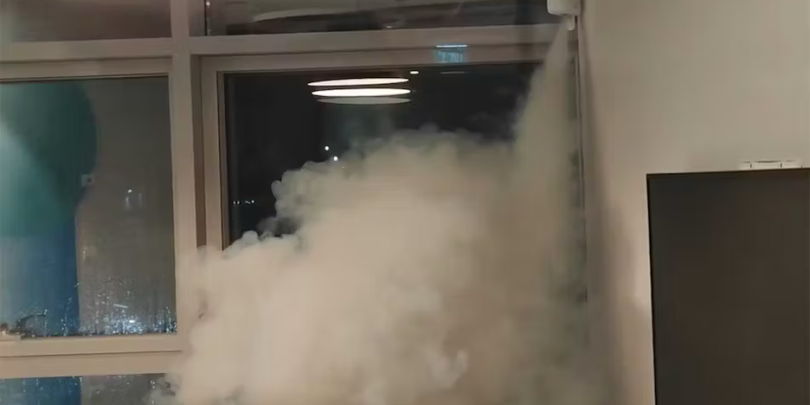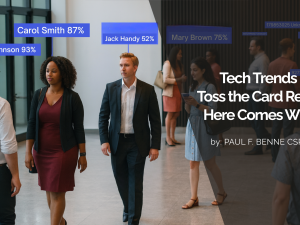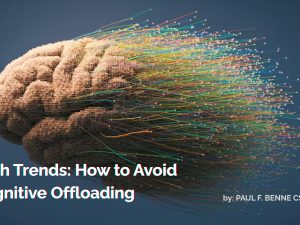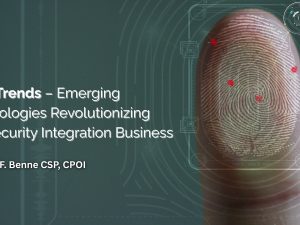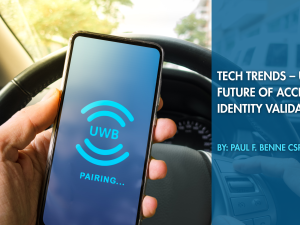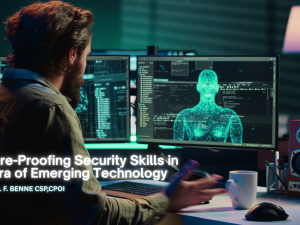Fog generators, also known as security foggers, are devices that are integrated into alarm systems in order to produce dense fog that disorients and obscures vision, thereby thwarting intruders. These devices have gained popularity for their effectiveness in various settings, including retail stores, warehouses, homes, and other critical or high value facilities. Companies like Density USA (www.densityusa.com), Bandit (www.Banditamerica.com), and Protect A/S (www.protectglobal.com) offer various foggers that fit different size applications.
In considering this technology, it’s important to evaluate the pros and cons of using it in an application. While the benefits may be clear, you should objectively review the pros and cons I explore in this article to help guide you in the decision-making process of using the technology.
Creating an environment that disorients and limits visibility of an adversary can be a significant deterrent and limit the negative outcome of a security incident. Consider these pros of security foggers:
Immediate Deterrence and Disorientation – When activated, fog generators quickly fill the protected area with thick fog, often within seconds. This sudden loss of visibility can scare intruders, causing them to flee immediately. The dense fog significantly hampers an intruder’s ability to navigate the space or identify targets, reducing the likelihood of theft or vandalism.
Rapid and Active Response – Fog generators are designed to activate swiftly once triggered. This can be from an automatic intrusion detection or from a manual trigger of a security device. This rapid response time is crucial in preventing the intruder from accomplishing their objective. While traditional alarms may only alert and possibly scare off intruders with sound, fog generators add a physical barrier, enhancing the overall effectiveness of the security system.
Non-Lethal and Safe – The fog produced is typically non-toxic and safe for humans and pets, ensuring that it doesn’t cause harm to innocent parties while still being effective against intruders. Unlike some other security measures, fog generators do not cause structural damage or leave lasting residues, making them suitable for protecting valuable assets without the risk of collateral damage.
Versatility and Coverage – Fog generators can be used in a range of environments, from small retail shops to large warehouses. They are adaptable to different spaces and security needs. Modern fog generators are capable of covering large areas quickly, making them effective even in expansive spaces.
Integration with Existing Systems – Fog generators can often be integrated with existing alarm, access, video surveillance systems, and other security measures, providing a comprehensive security solution without the need for a complete overhaul.
Psychological Impact – The psychological “fear-factor” effect of suddenly being enveloped in fog can be powerful. Intruders may panic, leading to hasty retreats and increased likelihood of apprehension by law enforcement.
As with any technology, it’s important to understand the potential downside. This will allow you to balance if the benefits outweigh the risks in its application. Consider these possible cons to the technology:
False or Delayed Activation – There is a risk of false alarms triggering the fog generator, which can result in unnecessary disruptions and the need for cleanup; even if no residue, exhausting the fog from the air requires specific effort. While there are ways to mitigate this by having remote alarm verification, this can add significant time into triggering the system, limiting its effectiveness.
Frequent Testing and Maintenance – To ensure reliability, any security technology, including fog generators, should have regular testing and maintenance. This can be prohibitive given how this technology works.
Limited Duration of Effect – Security foggers are a temporary measure. The fog is effective only for a limited time. Once it dissipates, normal visibility is restored, potentially allowing intruders to resume their activities if they manage to wait it out.
Life Safety and Health Concerns – These systems rapidly fill an environment with dense zero-visibility fog. In some scenarios, the sudden deployment of fog can create hazardous conditions for any occupants, making evacuation difficult. This technology may not be approved by the Authority Having Jurisdiction (AHJ); therefore, approval from the AHJ should be sought before installation.
Health Concerns – While generally safe, there can be concerns for individuals with respiratory issues or allergies. While the manufacturers of the technology indicate that it is safe, actual 3rd party testing should be reviewed and disclosed to system owners prior to installation.
Training and Usage – Security personnel and staff need proper training to effectively handle and respond to fog generator activation. In reality, if this technology is activated it will be displacing to both employees and adversaries. So, a training protocol with regular reviews is critical to ensure the proper response and recovery of an activation.
False Sense of Security – Over-reliance on fog generators might lead to complacency in other areas of security, potentially creating vulnerabilities if the system fails or is bypassed.
Fog generators present a unique and effective addition to security systems, providing immediate deterrence and disorientation to intruders while being safe and non-lethal. Their rapid response, versatility, and ability to integrate with existing security measures make them an attractive option for various environments. However, they come with challenges, including the potential for false alarms, regulatory compliance, and costs associated with installation and maintenance. Proper training and regular maintenance are essential to maximize their effectiveness. Balancing these pros and cons can help determine whether fog generators are a suitable security measure for specific needs and environments.
This article originally appeared in the July 2024 issue of Security Business Magazine. Paul F Benne is the President of Sentinel Consulting and has over 35 years in the protective service industry.

